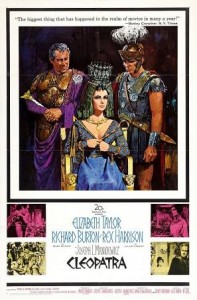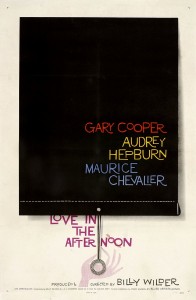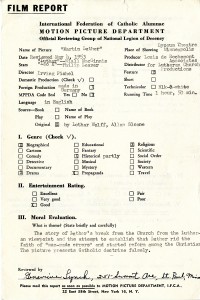
This week’s post is guest authored by Vitalina A. Nova, Archives assistant and LIS graduate.
Regardless of your opinion of Motion Pictures Association of America (MPAA) movie ratings, you’re likely familiar with them and know the MPAA reviews film content to determine suitability for specific audiences. What you’re less likely to know is that the indignation which led to the formation of the MPAA’s predecessor, the Hays Code, also led to the formation of the National Legion of Decency, a Catholic interest group with similar goals.
The Hays Code imposed restrictions on the film industry beginning in the early 1930s, aiming to align content on the big screen with moral standards codified as the Motion Picture Producers and Distributors Association (MPPDA) Don’ts and Be Carefuls. The Hays code was replaced by the MPAA in 1968. The full list of Don’ts and Be Carefuls is available from the School of Media Arts at the Santa Barbara City College.
In contrast, the National Legion of Decency maintained an interest in advising the American public on the morality of films long after the Hays Code went out of use. Formed in 1933, the Legion was initially composed of religious and laity of Jewish and Christian faiths concerned that exposure to immoral material harmed viewers’ quality of character. Censurable material included the discussion or depiction of childbirth, immodest dress, and a lack of ultimate judgment on characters’ questionable behavior (as defined by the Legion).

Early on, the Legion wielded power over the editing and production of a film. Many files from the 1940s through the early 1960s include correspondence between the Legion and film studios with suggested changes in scripts and frames to cut before screening. Failing to acquiesce to the agency’s wishes could result in a poor review or condemnation. Condemnation often resulted in theaters not screening films, effectively censoring content.
Review files show heavy interest in religious-themed films, but there are also popular films with very thick files. Martin Luther, a 1953 biopic, drew a multitude of correspondence as well as reviews. Catholics objected to characterizations of Catholic practice and corruption that Martin Luther denounced. Interestingly, the 1963 classic Cleopatra drew even more attention. Reviewers decried Elizabeth Taylor’s scant costuming and urged boycotts. Its judgment did not sink the movie. Cleopatra is one case demonstrating the waning power of the Legion. In its infancy the Legion could use its influence on its readership to shut down a film through pressure or condemnation. As was the case with Martin Luther, the board recognized that condemnation could backfire by generating publicity which, ultimately, led more Americans to the box office.

Signs of the National Legion of Decency’s loss of power continued. A 1964 letter from Billy Wilder to his studio regarding Kiss Me Stupid challenged Legion demands, reflecting the industry’s growing disinterest in yielding for fear of repercussions. Just years earlier the Legion successfully forced a changed ending on Wilder’s Love in the Afternoon by initially condemning the film. Time would see the Legion’s role move from watchdog to critic. Language used in reviews began to focus on the moral impact to Catholics as opposed to the general public.
In 2010 the USCCB Office of Film and Broadcasting, as it was then known, dissolved and film reviews became the purview of Catholic News Service. For more information please see the collection’s finding aid. Files contain clippings, promotional materials, content from the Legion, and reader correspondence. Please note that 87 of 196 boxes have been reprocessed as of this writing.
See below for the selected correspondence between film studios and the legion
- Exchanges regarding changes to Duel in the Sun, 1957. Rating changed from C to B. Source: Box 36, folder 77
- News clippings and exchanges regarding Eternal Return, 1957. Rating changed from C toB. Source: Box 39 Folder 65
- Exchanges regarding Love in the Afternoon, 1957. Rating changed from C to B. Source: Box 70 Folder 23

One thought on “The Archivist’s Nook: Legion of Decency Keeping the Big Screen Clean”
Comments are closed.